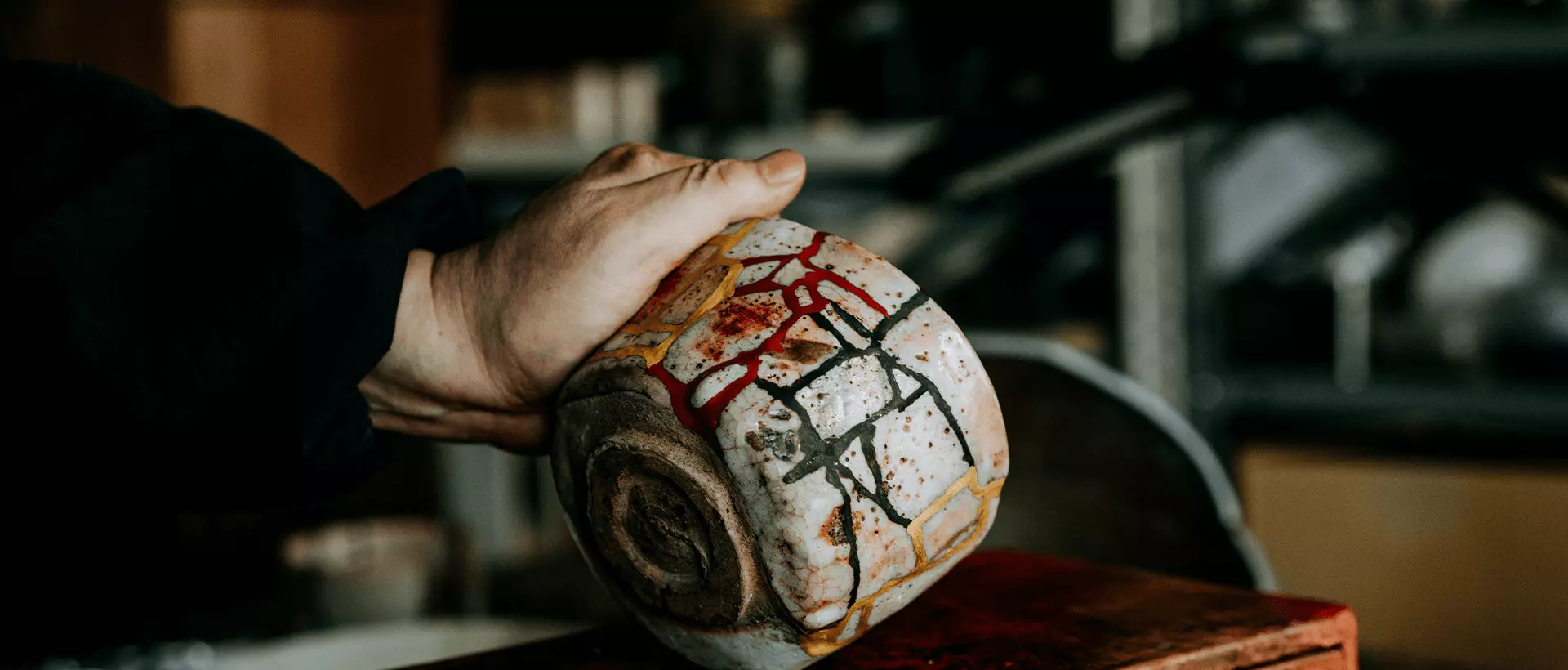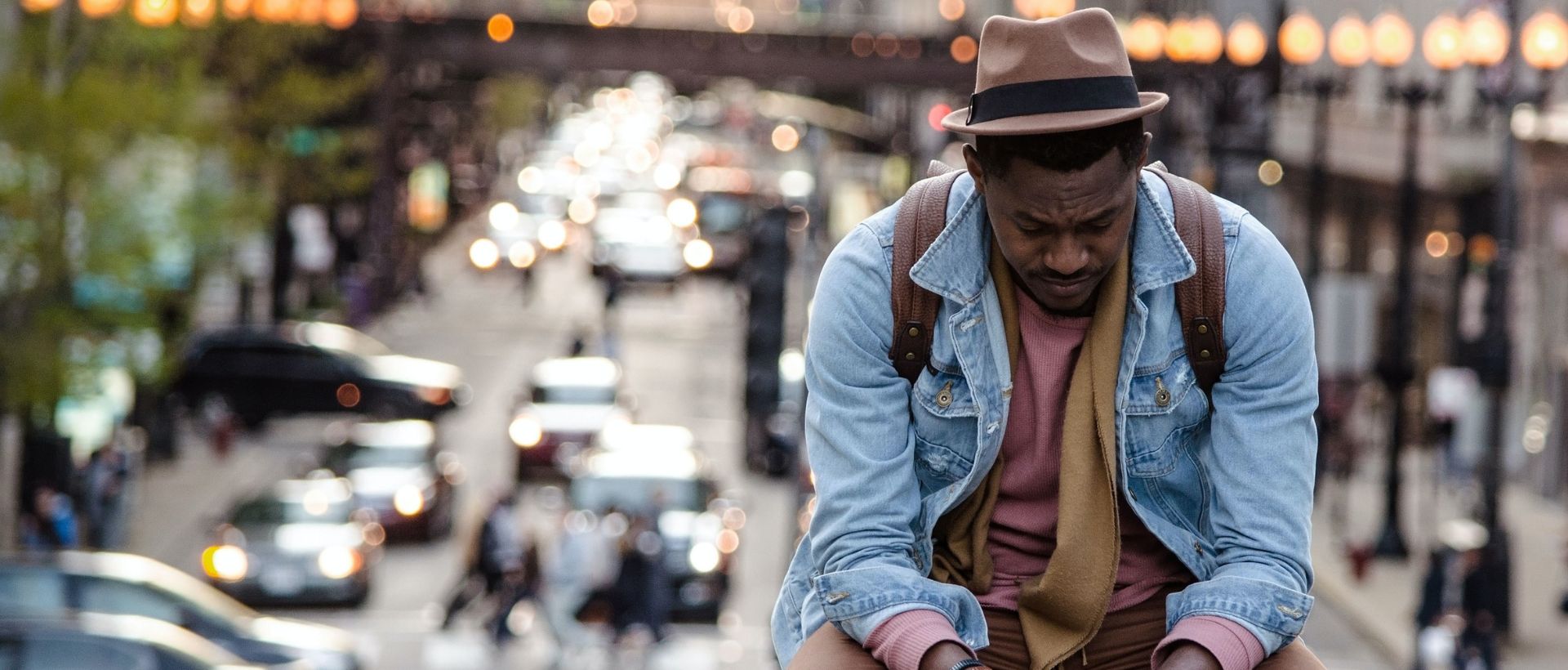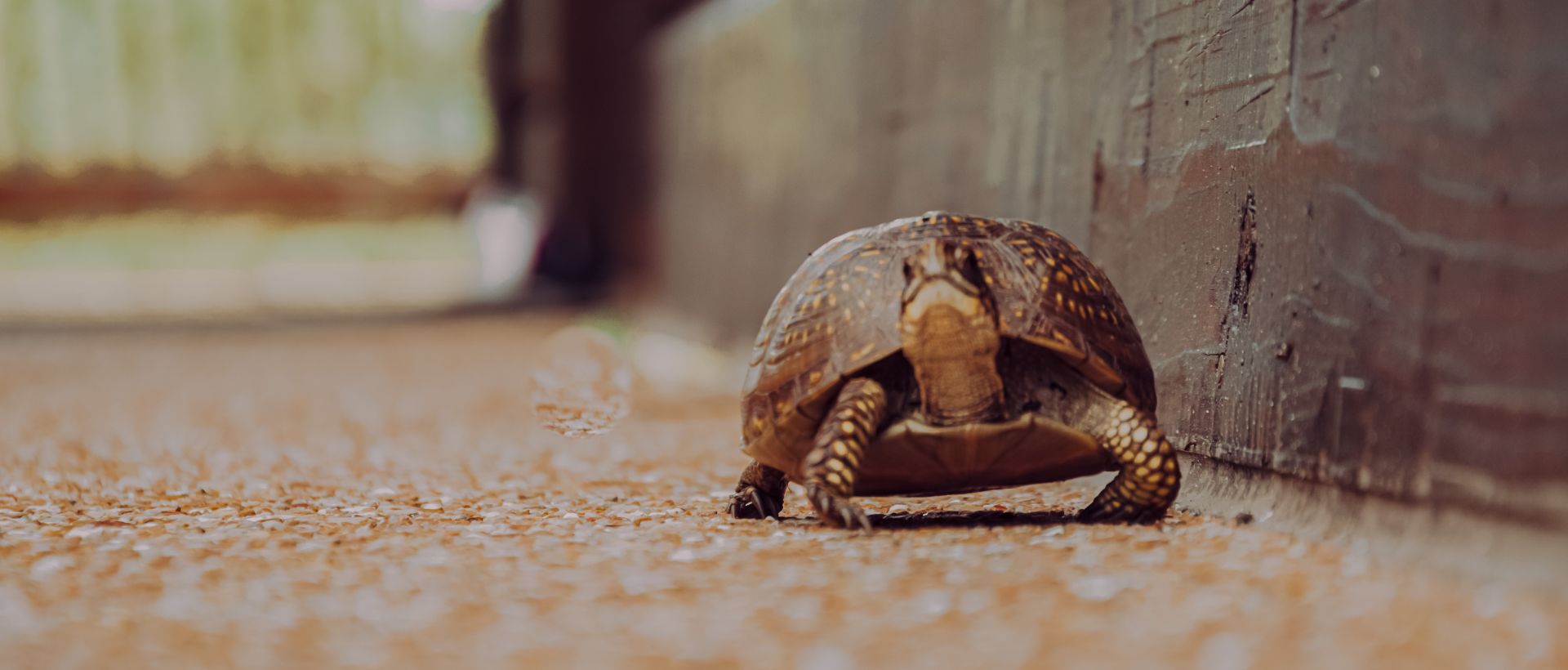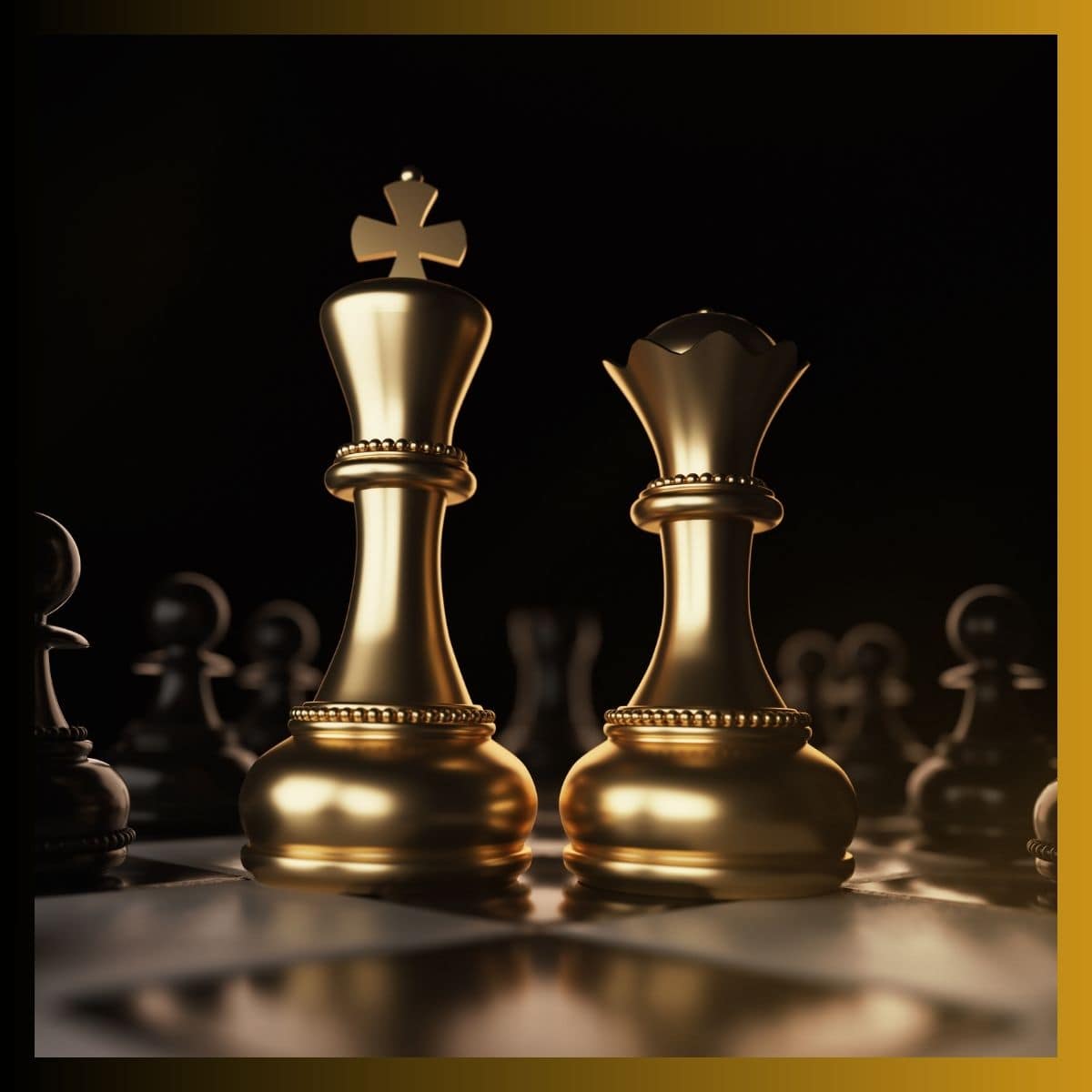Yoga studios had a tough pandemic. Just as the public’s interest in yoga reached an all-time peak, in-person classes – with all that close bodily proximity and deep breathing – came to an abrupt stop. But a new paradigm emerged almost overnight: coffee tables were pushed aside for yoga mats and this ever-evolving form with its roots in the ascetic practices of medieval India entered the Zoom world. Teachers grappled with video conferencing and online payments, while students figured out how to use the mute button to stop the kids’ Fortnite sessions from interrupting everyone’s savasana.
Yoga, it turned out, was coming home. A whopping 91% of yoga students and 86% of teachers continued their classes from home, more than double the number who had ever tried an online class before. Two and a half years on, there’s a new normal. Many studios have reopened and, much like office life, yoga has settled into a hybrid pattern that combines in-person and at-home practice. But look closer and it isn’t so new at all.
In the medieval yoga handbook known as the Hatha Yoga Pradipika, any serious student is directed to live alone, in a well-administered and virtuous kingdom, and to maintain a spotlessly clean practice room. If, like me, you are 0 for 3 on those, there’s a more practical piece of advice in the next verse: yoga should be practised at home, in the way instructed by the guru (teacher).
For much of yoga’s history, solitary practice was typical
For the great majority of hatha yoga’s history (the kind of yoga that includes physical postures, not just philosophy or meditation), a combination of personal instruction and solitary practice at home was typical. You would go to your guru for a new piece of instruction, then return home and practise diligently until you were ready for the next lesson. The group yoga class, where a room full of people all perform the same set of postures simultaneously, is largely a 20th-century invention. From the 1930s onwards, hatha yoga experienced a great revival in its native India. A key group of teachers based in Mysore stirred the traditional practice into a marvellous melting pot of Swedish gymnastics, bodybuilding, Indian classical dance and other strands of physical culture. The resulting fusion became a global success story and gave us the type of yoga class most widely recognised in the west, at least up until 2020: one instructor leading 20 or so students through a 90-minute sequence of postures.
With this 20th-century model now well and truly disrupted, what happens next? Despite the obvious losses to the yoga industry in terms of studio closures and teachers forced out of the profession, I believe this reconfiguration is positive for yoga itself. It’s a myth that “proper yoga” is something that only happens in a specific location under professional instruction, and letting go of that idea opens up the possibility for more people to discover the fundamental benefits for themselves. Yoga’s moral philosophy is centred on self-discipline and personal responsibility; serious students are expected to cultivate qualities of restraint in all areas of their lives, from chastity to non-covetousness, cleanliness and truthfulness.
Developing a capacity for self-practice, rather than only following a teacher’s instructions, feels in keeping with this outlook. And if all that sounds like a lot of hard work and no fun at all, remember there are compensations: alone in your living room, your body’s signals come through loud and clear, peer pressure is a distant memory, and no one can hear you fart.
How to do yoga at home
Figure out the hybrid that works for you. If you’re new to yoga, get plenty of face-to-face teaching while you build basic skills. If you’re more experienced, you may be happy with less frequent live classes, supplemented by video classes and self-guided practice. One-to-one sessions with a good teacher can be a revelation, if that’s affordable for you.
Keep it short and regular. You don’t need 90 minutes for every session, because 20-30 minutes works brilliantly if you can do it several times a week, and even 5-10 minutes of regular practice will help.
Create a ritual. This will help separate yoga from your everyday and drop you into the right mental space for practice. It needn’t be prayer or incense; just put aside the laptop or the Lego, set up the space just the way you like, and enact a gesture or moment of stillness to start and finish each practice.
Stay accountable. One of the key tenets of yoga is tapas – not delicious Spanish snacks, sadly, but the Sanskrit word meaning austerity or self-discipline. Checking in with a yoga buddy or keeping a practice diary can help to keep things on track.
Make a simple practice plan. Start by considering how you want to feel after your yoga sessions. That will guide you to a key pose (see below for some examples). Working towards that pose, build in a warm-up and some preparatory poses, and experiment with which relaxing counter-poses feel good afterwards. If you feel stuck, just get on the mat and move – you’ll be surprised how much your body knows. Keep it short and simple: four or five different poses can easily add up to a 20-minute session. Write it down (or, better still, draw a little stick figure doing each pose), so that you can glance at it while you practice and minimise the amount of thought required during your session. Now all you have to do is roll out the mat, ignore the stray sock under the sofa, and get on with it. Do the same sequence each time you practice for at least a week. Pay attention to how you feel afterwards; when you’re ready for something new, change it.
Five great poses for home practice
Downward-facing dog (Adho mukha svanasana) I want to feel: strong and steady. The Indian subcontinent is home to an estimated 35m stray dogs: tough, resourceful and expert at living on the margins. The four-legged pose inspired by their example asks us to find strength and stability in an unfamiliar, upside-down situation – not a bad metaphor for modern life. Downward dog is great for building upper body strength and increasing flexibility in the shoulders; it also stretches the whole back line of the body from the crown to the heels. Warm up to it with cat pose, forward folds, cow face pose and plank; build strength and stamina by lengthening your time in downward dog. Rest in child’s pose afterwards.
Lord of the dance (Natarajasana) I want to feel: poised and graceful. In Hindu cosmology, the material universe exists in an endless cycle of creation and destruction, governed by a cosmic dance performed by the god Shiva. Full of fierce grace, the pose named after him demands flexibility and focus – it’s a backbend and a balance in one. At first, you can modify it: rest your hand on a wall and focus on bringing one heel towards your bum. Position your standing leg further from the wall as you gain confidence. Warm up with lunges, cobra, pigeon and one-legged warrior poses; do some forward folds afterwards.
Sun salutation (Surya namaskar) I want to feel: dynamic and energised. This flowing sequence is one of the key innovations of the Mysore yoga revival of the 1930s. It’s like a very fancy burpee: reach up, reach down, jump back, etc (but make it yoga). It’s the mainstay of the majority of dynamic yoga classes, and can become a rather rote activity in that setting. On your own, you get the chance to really explore the form, like a jazz musician: vary the tempo, throw in some wiggly riffs, indulge in a long drum solo. The sun salutation is a mini practice in itself – no particular warm-up needed.
Tree pose (Vriksasana) I want to feel: calm and grounded. What more potent symbol of rootedness and reliability could you find than a tree? At its best, this one-legged standing pose is an opportunity to channel the slow peace of the forest in your own living room. Balancing poses also offer a day-by-day insight into your level of ease: take note of your wobbles and extend compassion to your inner wind-whipped sapling. Warm up with slow, gentle sun salutations or similar flowing movements and finish off with a nice lie down.
Easy seated pose (Sukhasana) I want to feel: peaceful and centred. Sitting still is in many ways the ultimate goal of a physical yoga practice, and it’s truly a balm for frazzled hearts and minds. Don’t be afraid to dedicate most of your home practice to simply sitting and breathing, particularly when your energy levels are low. The way you cross your legs isn’t hugely important: what matters is to find a steady sitting or kneeling pose where you can sit comfortably for 5-10 minutes with an erect spine and relaxed legs. Prepare for it with your choice of warm-up, including some hip mobilisation movements and some seated forward bends and twists.
Curious Poses: 30 Yoga Postures and the Stories They Tell by Lucy Greeves is published by Green Tree at £12.99












